The post is a deep dive into the history of the Grand Bazaar as well as its architecture and culture. From its ornate domes and pointed arches to what you should buy and eat, it’s a complete overview of why the Bazaar is so popular.
So if you love history or are just interested in visiting what is essentially the symbol of Istanbul, this is the place to start!
To live tup-to-the-minute sharing your experience, make sure to pack your iRoamly Turkey travel eSIM with you. That will help to keep you connected as you navigate the Bazaar.
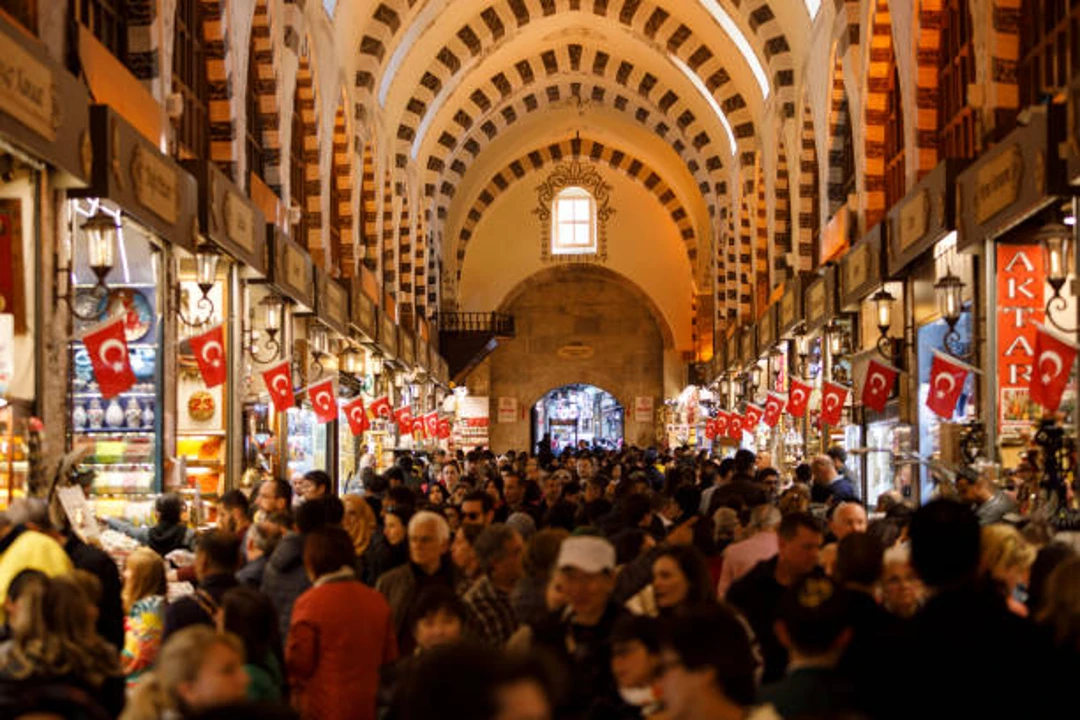
Historical Significance: A Brief Overview
Istanbul’s Grand Bazaar dates to the 15th century. It dates from just after 1453 when the Ottoman Turks seized Constantinople. Sultan Mehmed II decided to establish a vibrant commerce hub.
In time, the Bazaar became a thriving place where merchants from across the globe traded their wares. The Bazaar still exists today not only as an important market, but also as a reminder of Istanbul’s history and its culture.
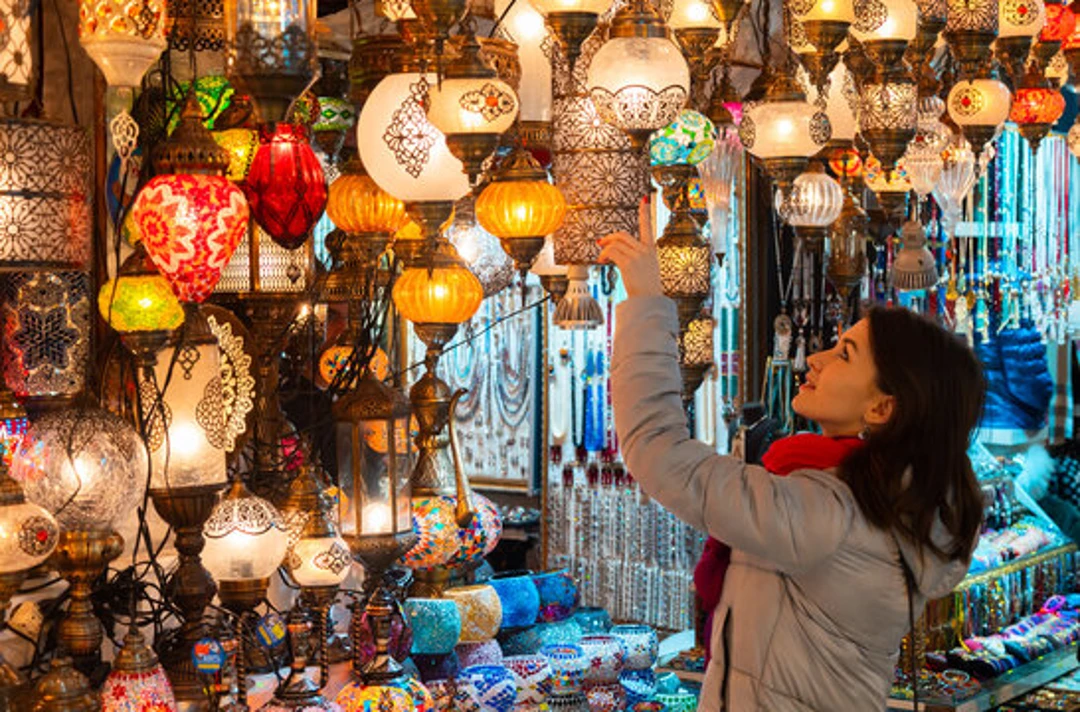
Explore the Architecture and Layout
The architecture of the Grand Bazaar is a work of art10. Picture walking beneath a row of stunning domes—each one expertly designed. And while they do awe and inspire, they also help set the scene for the market—truly.
Elaborate arches lead you from dome to dome, like a maze painted by an artist.
Every twist and turn you take sparks anew curiosity, as you feel that sense of living with the past and present amidst the Grand Bazaar. If you're planning your trip, exploring this historic site is definitely one of the highlights when deciding what to do in Istanbul.
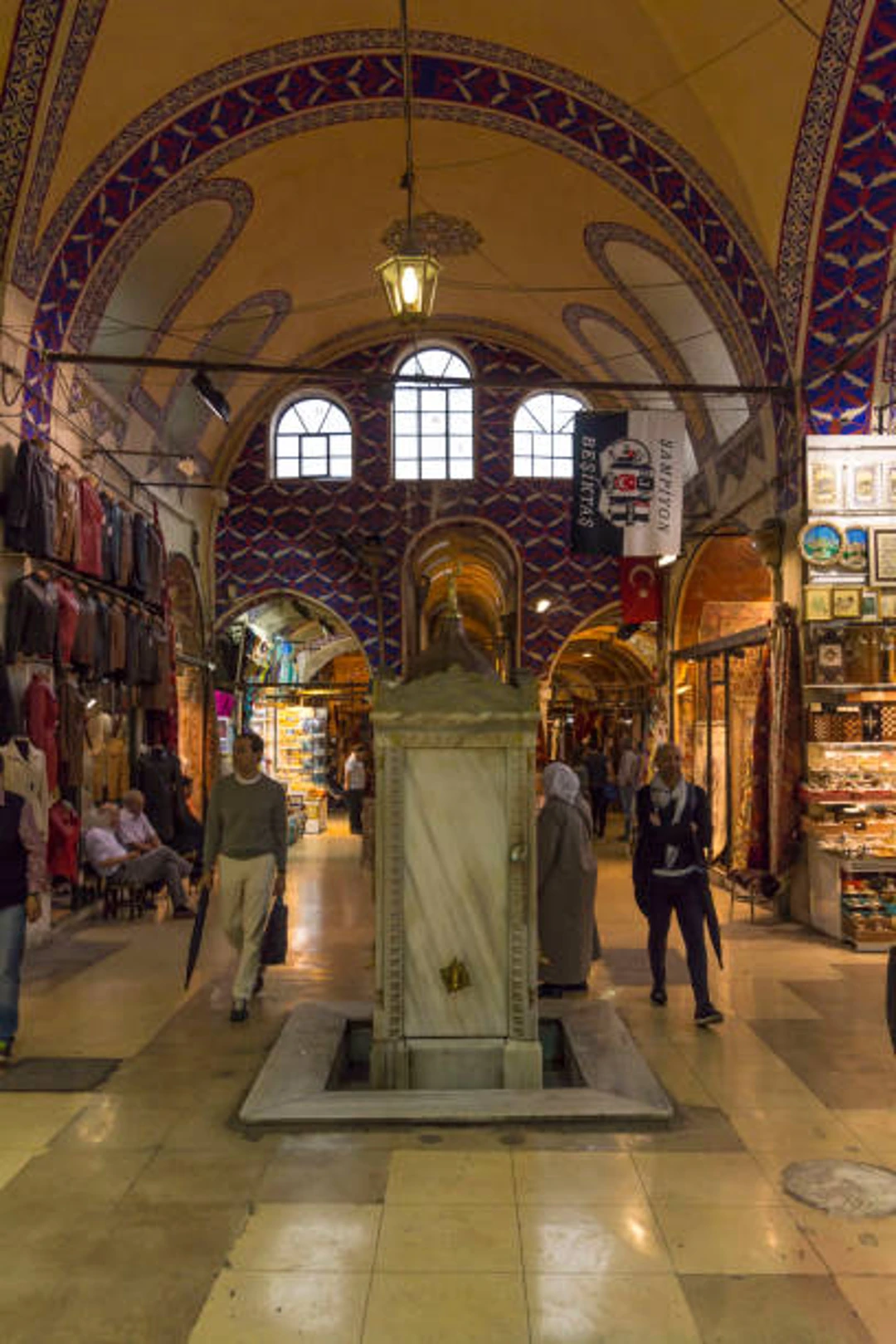
Discover the Treasures of the Grand Bazaar
Must-Have Purchases at the Grand Bazaar
A visit to the Grand Bazaaris a shopper’s paradise and an opportunity to bring a piece of Turkey’s diverse past home with you. Start with the famous Turkish carpets and kilims.
These aren’t just your run-of-the-mill home decorations — they are artistic works of the highest quality, complete with deep symbolism and meaning passed down through the centuries.
No two are the same and countless hours of work have gone into each one, truly transforming it into a home decoration and family heirloom.
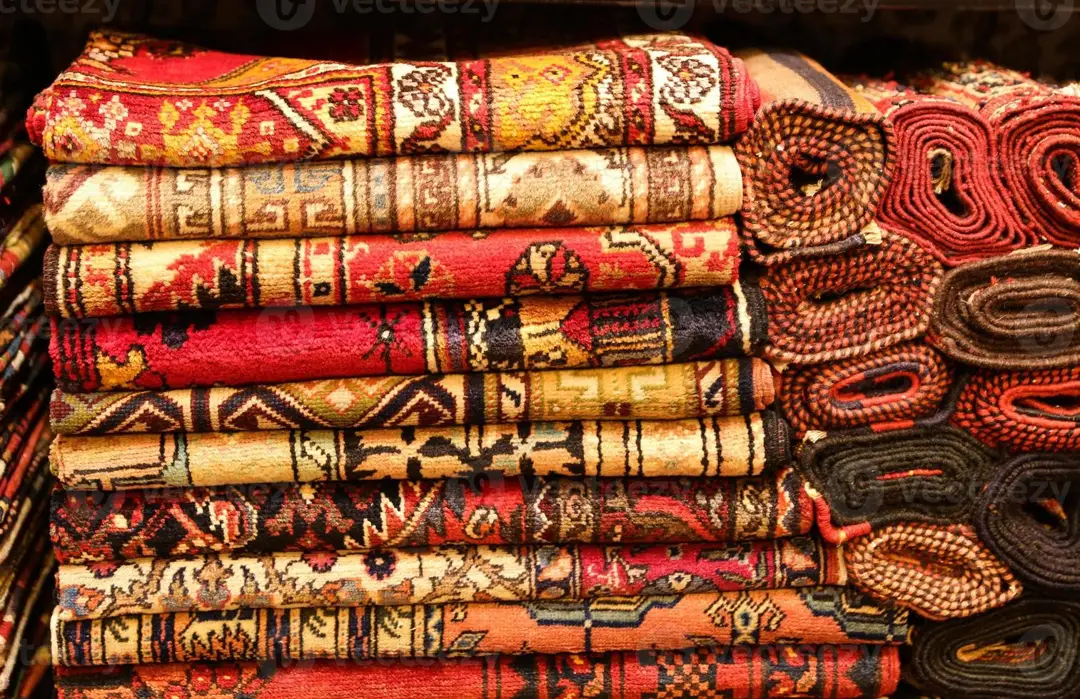
Next, visit a shop showcasing Turkish jewelry. It is a place where colorful gemstones and intricate crafting come together to create exquisite works that epitomize the luxurious opulence associated with Turkish style. By adding these items to your repertoire, you carry with you a stylish memento of your trip and the culture you’ve encountered.
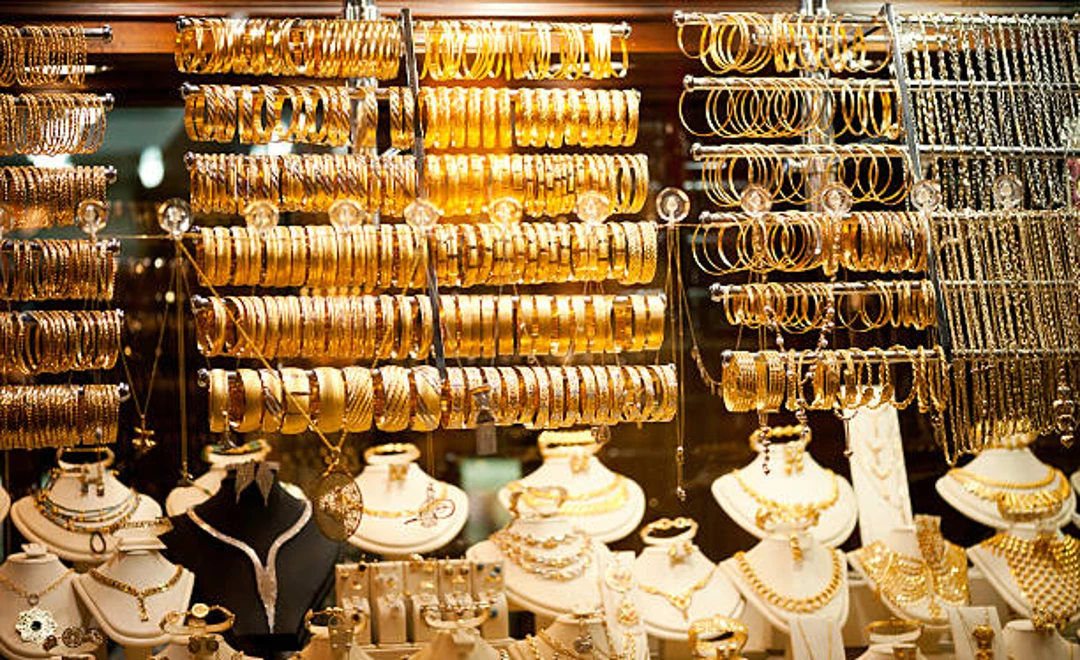
Before you go, be sure to shop for some beautiful Turkish ceramics, such as plates, bowls, and tiles. They’re a great way to take a little piece of Istanbul home with you. The colors and patterns are vibrant and intricate, and work well for anyone wanting to liven up their home.
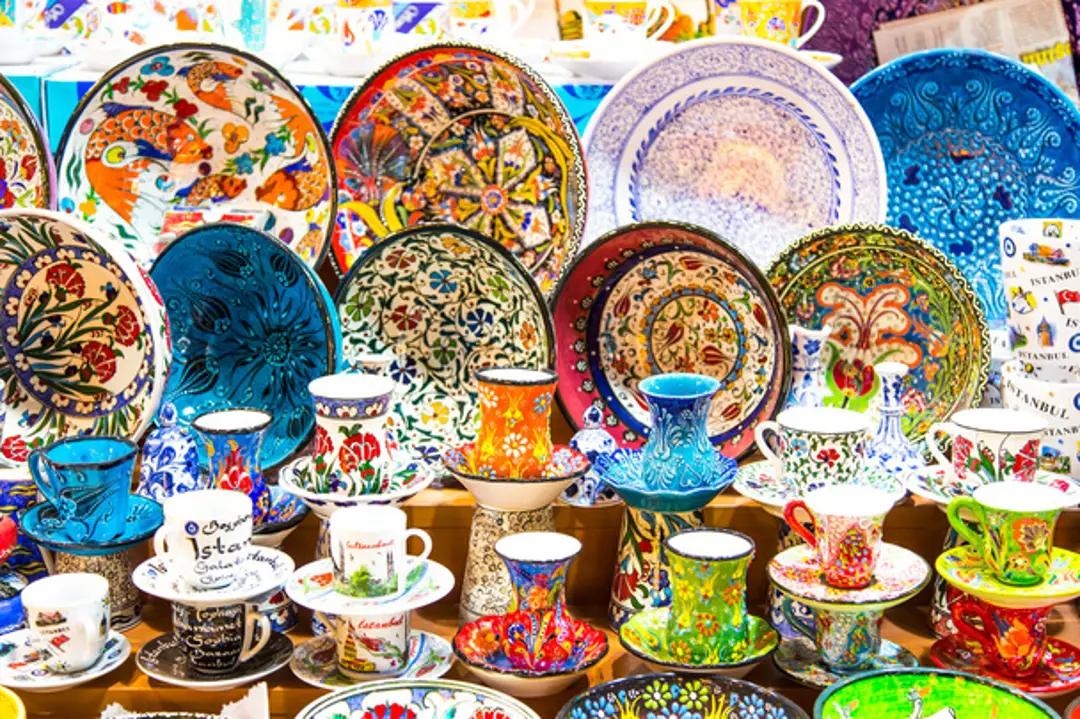
Culinary Experiences Within the Bazaar
As you make your way through the Grand Bazaar, a food experience can be found at every turn. Start with a glass of traditional Turkish coffee. Strong and robust, it’s an iconic beverage that appears in most social settings. The truly Turkish way to serve it is with something sugary on the side for a pleasant sweet break from your whirlwind tour of Istanbul.
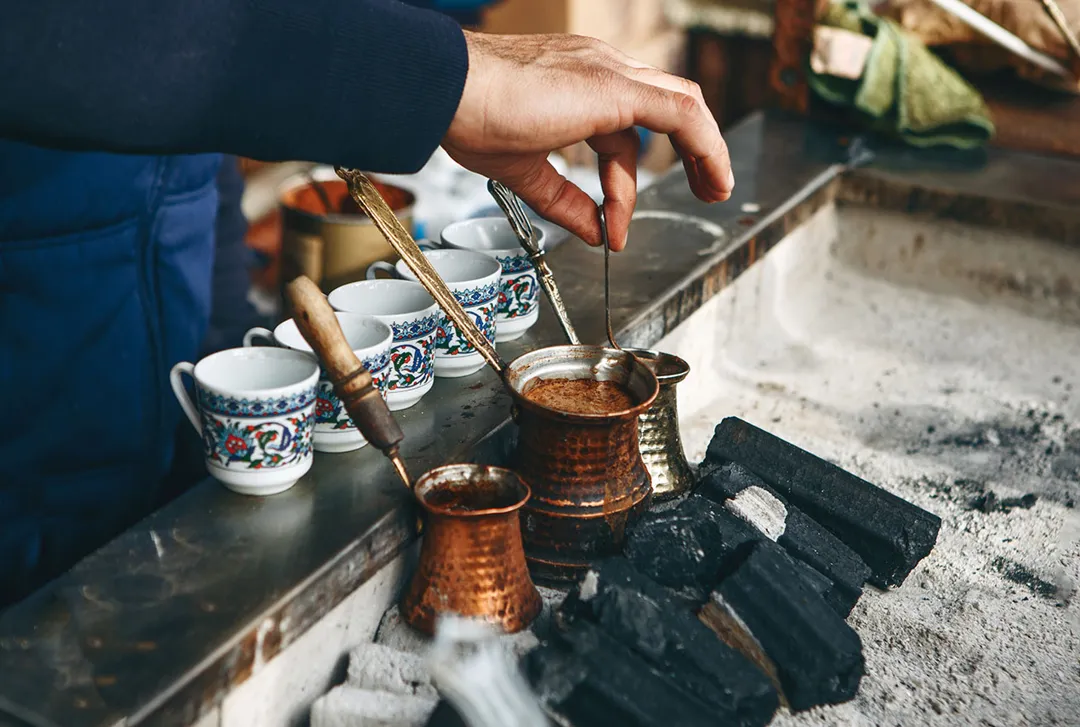
Keep moving toward the spice stalls, where the air is filled with the scents of saffron, paprika, and other spices. Not only is it a sensory overload in the best possible way, but it’s a chance to take some of the flavors of Turkey home with you. Incorporating these spices at home is a way to keep the taste of Turkey present in your daily life.
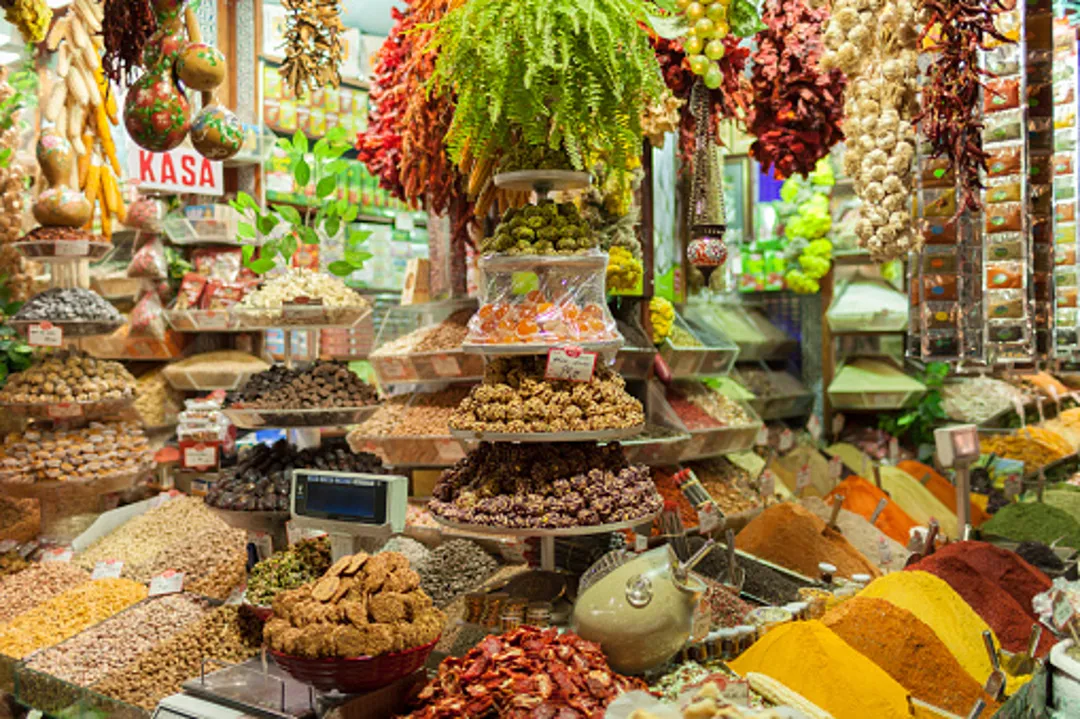
Finally, be sure to sample some of the country’s delicious desserts, baklava. Once you try this flaky pastry with nuts and honey, you won’t be able to resist eating seconds. Try them all and bring some back with you to give the gift of baklava when you return home.
Basic Visitor Information
If you’re going to visit the Grand Bazaar, you should know some of the details about this The Bazaar is situated in central Istanbul, not far from the world-renowned Hagia Sophia. The hours are Monday to Saturday from 9am-7pm, and it’s closed on Sundays and public holidays. The best news? Admission is free, so you won’t need a ticket to begin exploring!
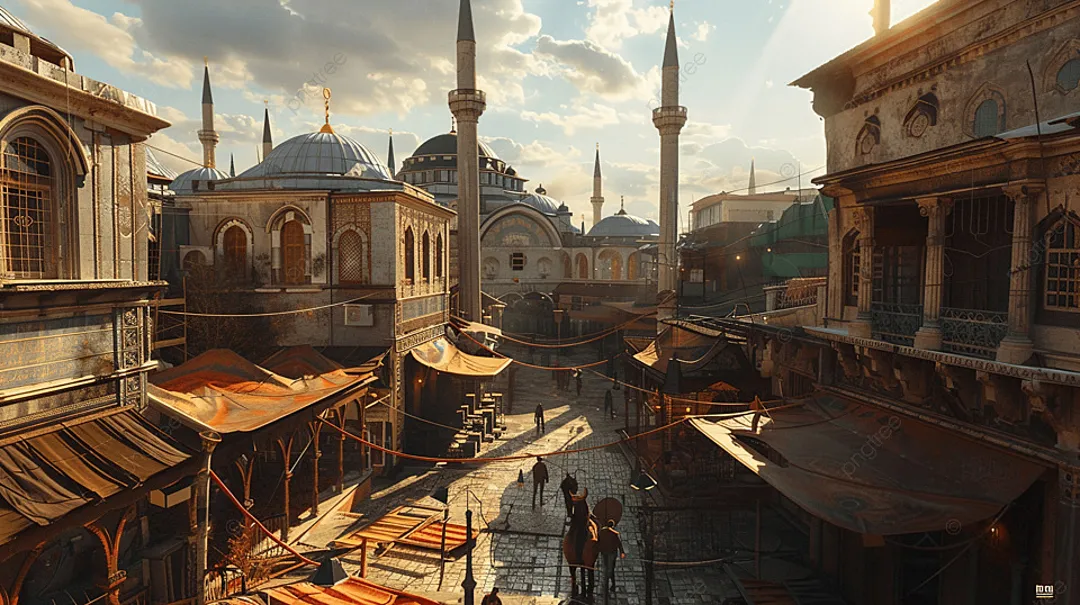
And if you want to make the most of your visit, here are a few shopping tips. Best times to shop are early in the morning and late in the day when the crowds thin out. Bargain! It’s fun and the vendors anticipate it. Also, be sure to walk around and find the different textile, antique, and more sections as every part of the market has something new to find.
Conclusion
The Grand Bazaar in Istanbul is not just a market; it’s a living, breathing mosaic that intertwines hundreds of years of history and culture. As you wander the bustling hallways, you’ll sense the mixing of antiquity and contemporary, where old trade roads intersect with the vigor and intensity of modern trade.
It’s a place that has become one with its past, a daily part of life, not a museum. You can marvel over it with a shopping-lover’s splurge or you can experience it with a cultural immersion, and either way, you’ll understand Istanbul’s cultural richness a little better. It’s just too iconic a spot to miss.
